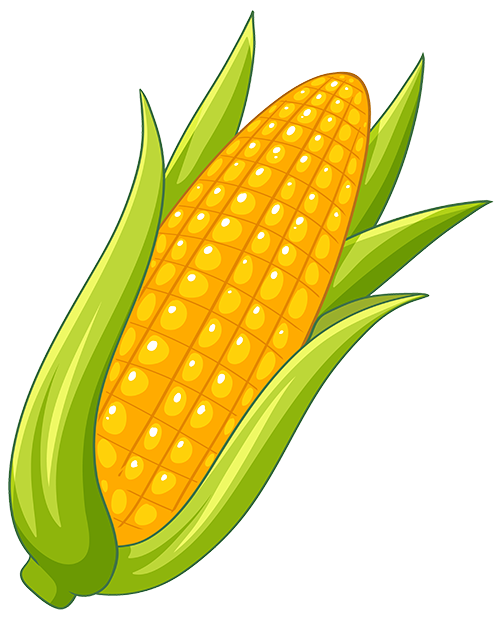Shopping for vegetables
This task is about estimating in division problems.
| Broccoli | Corn cob | Taro |
 |
 |
 |
| $3.85 | $0.95 each | $9.35 |
| a) | i) |
Billy has $12. How many corn cobs can he buy? __________
|
|
| ii) |
Show how you did this in the box below.
|
||
|
b)
|
i)
|
Aroha has $20. How many broccoli can she buy? __________ |
|
| ii) |
Show how you did this in the box below.
|
||
|
c) |
i) |
Maraea has $72. How many taro can she buy? __________ |
|
| ii) |
Show how you did this in the box below.
|

